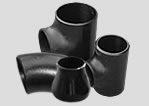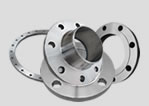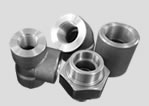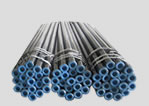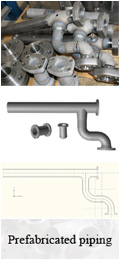Pressure bending is the most commonly used bending method for pipe bend
The relative distance between the holding down roll and the driving roll can be changed by adjusting the up and down position of the holding down roll.
In the production of pipe bend stretch bending, the plate is placed between the drive roll and the holding down roll, and the drive roll rotates in the positive and negative directions to make the plate move back and forth. By adjusting the holding down roller to press it down gradually, the plate can be bent into cylindrical surface, conical surface and hyperboloid with small curvature. One end of the pressing roller can be raised to facilitate unloading of the workpiece. In addition, there are four roll and multi roll rolling machines. Four roll rolling machines are used to roll thick plate cylinders. Multi roll rolling machines with more than four rolls gradually pipe bend welded pipes into complex profiles with multiple pairs of rollers.
For bending parts with high accuracy requirements, large length and radius of curvature requirements and small transverse size requirements, stretch bending can be carried out on a special stretch bending machine. During the bending process, the whole thickness of the plate is affected by tensile stress, so only elongation deformation is generated. The deformation caused by elastic recovery after unloading is small, which is easy to ensure the bending accuracy.
previous page:How to test the pipe cap
next pageCommon faults of flange


